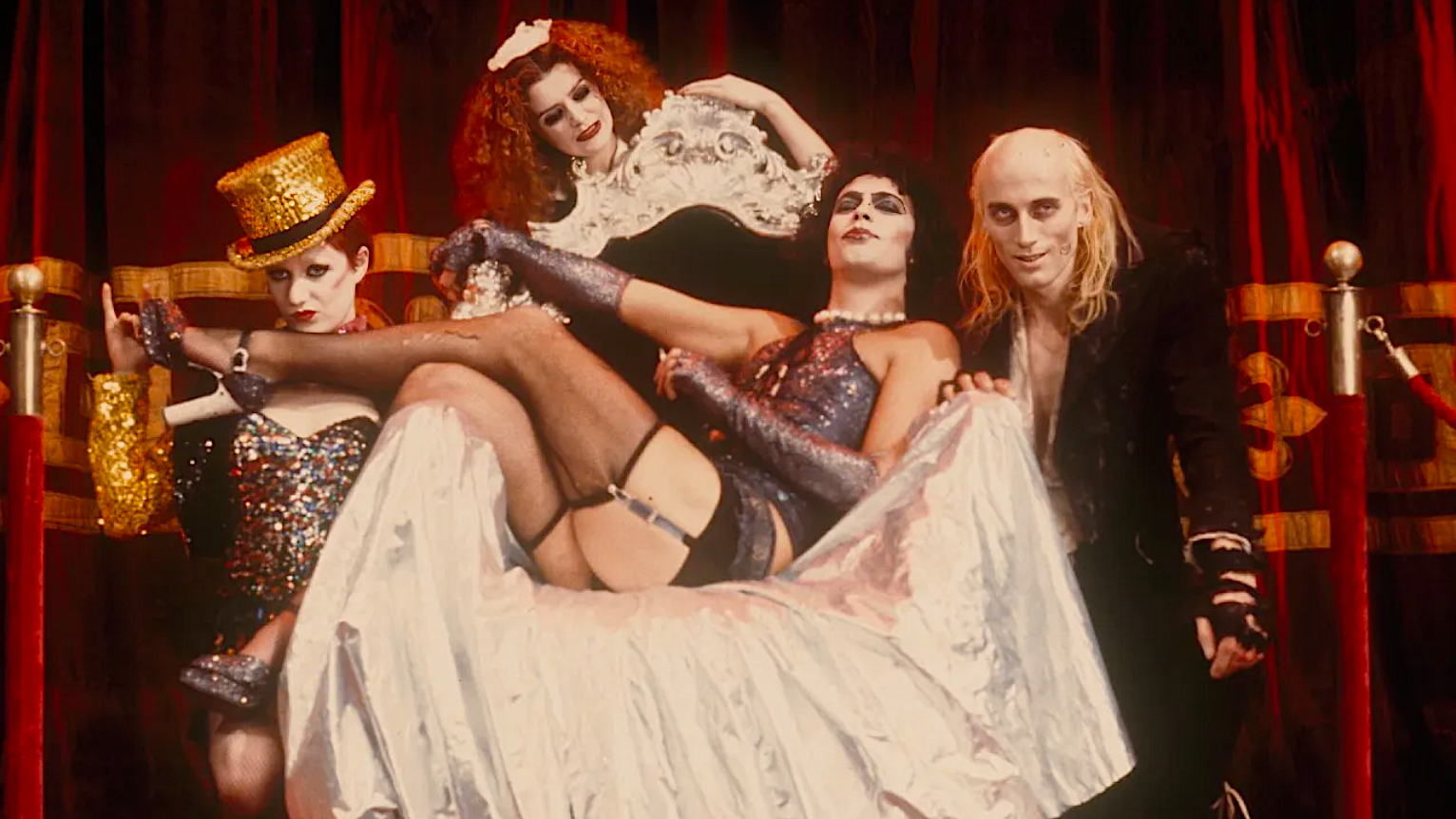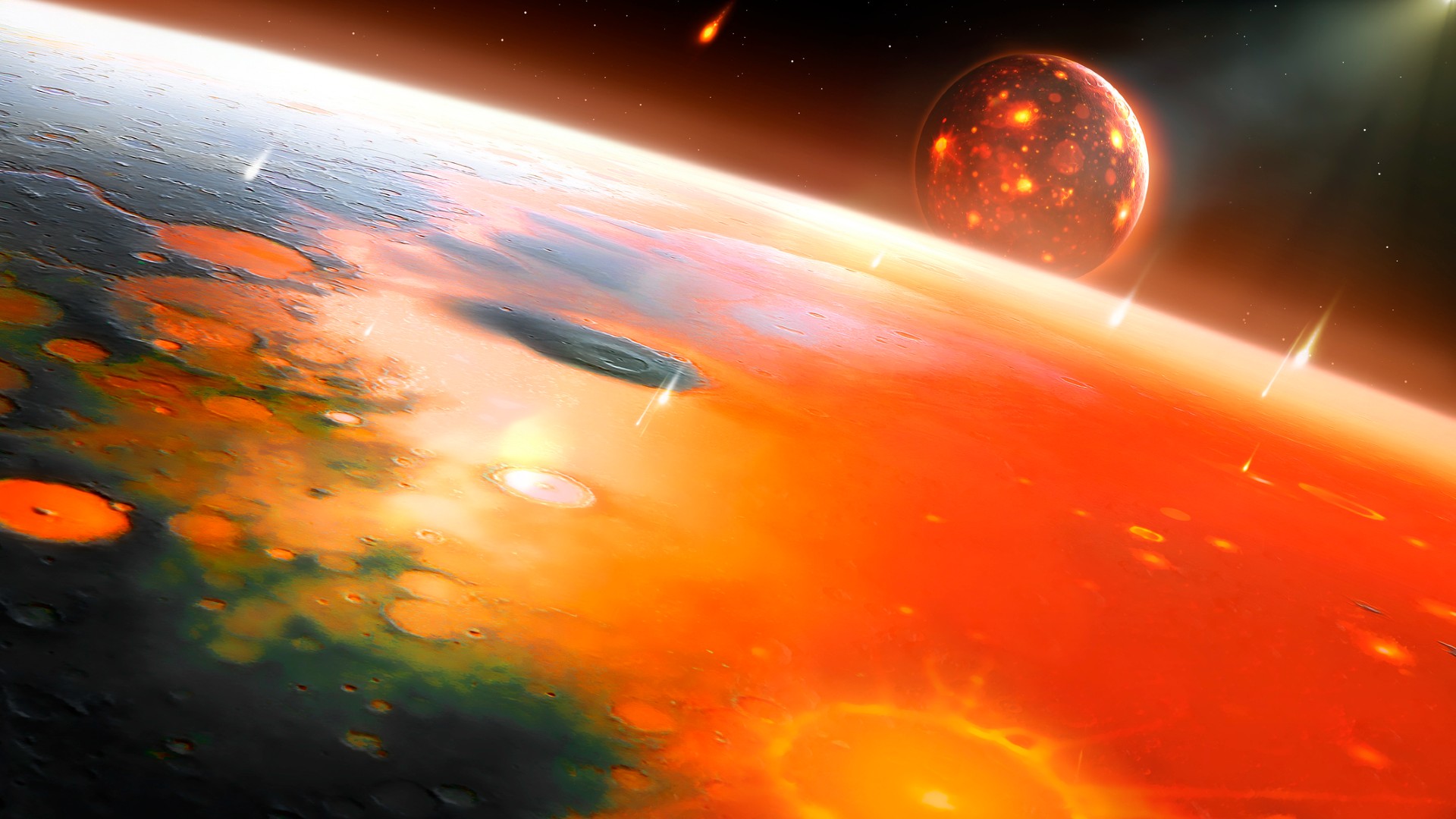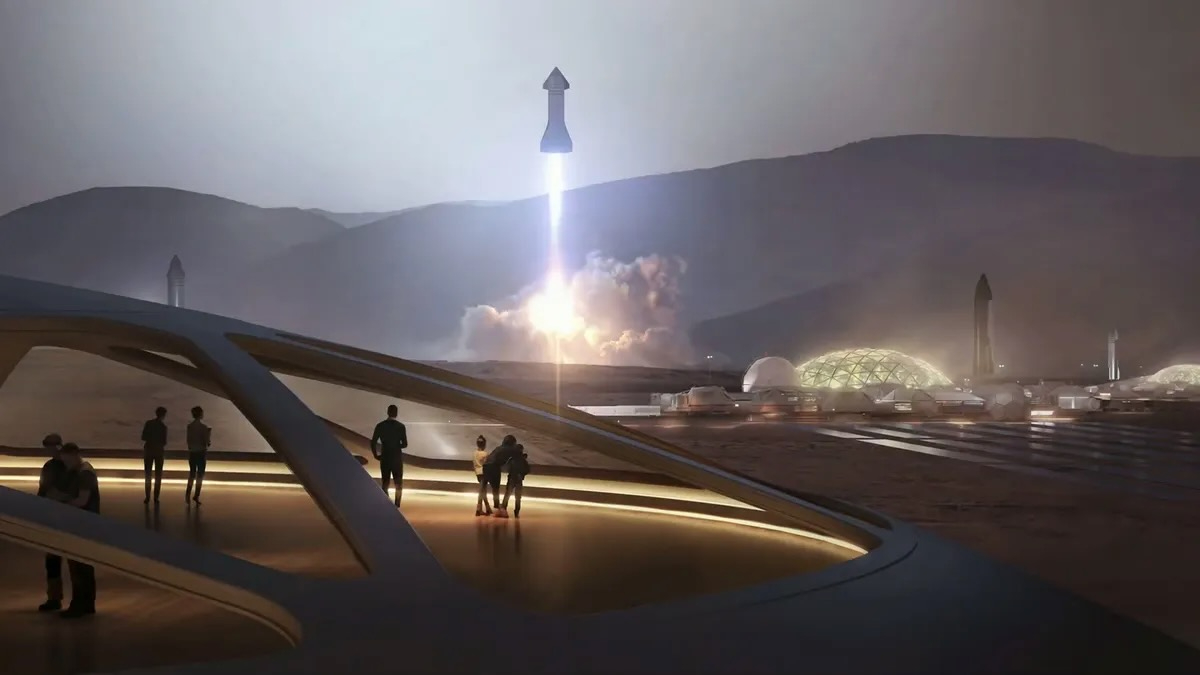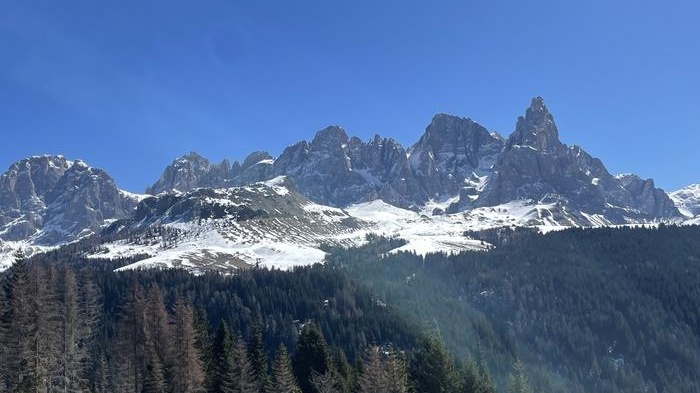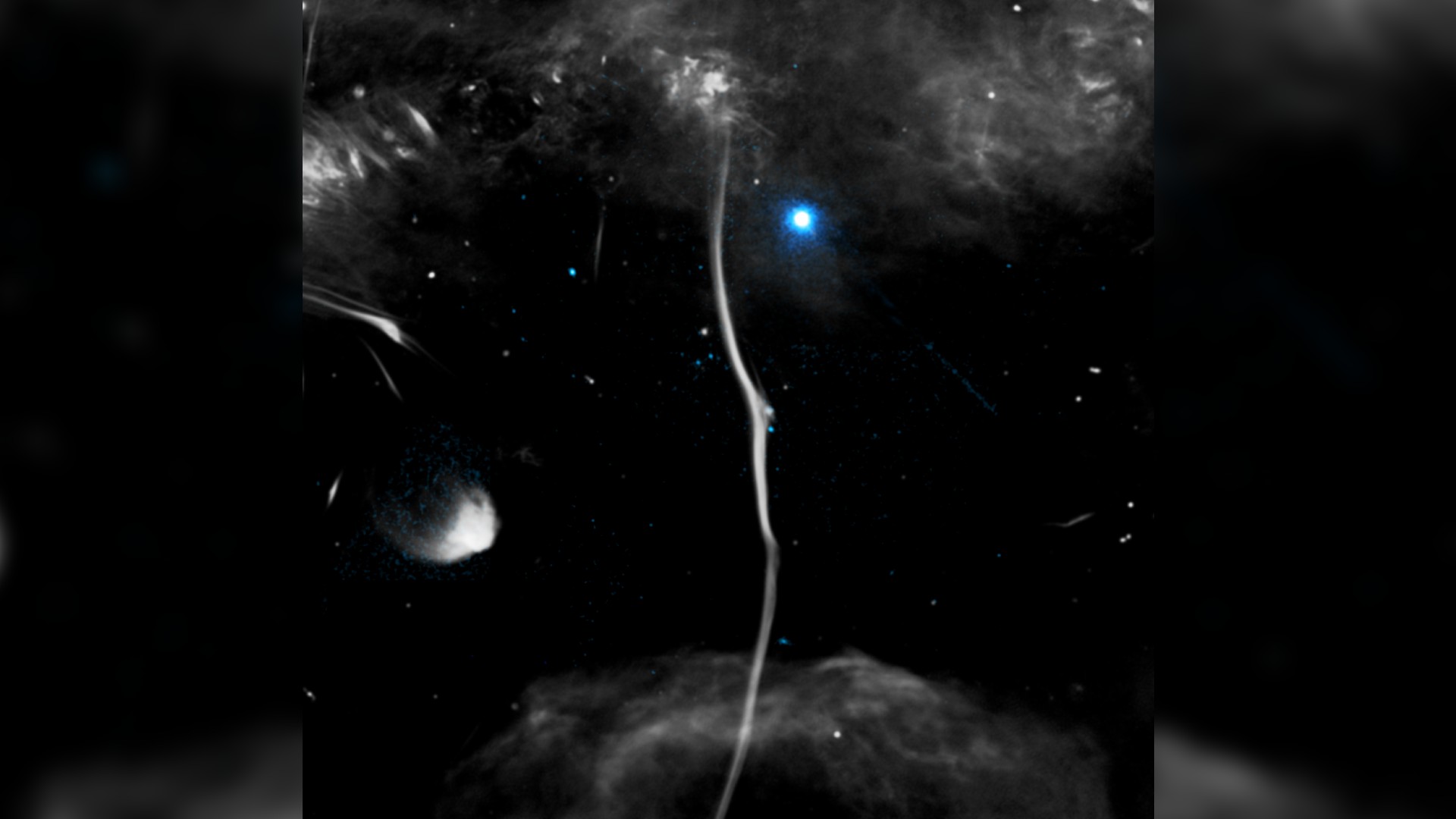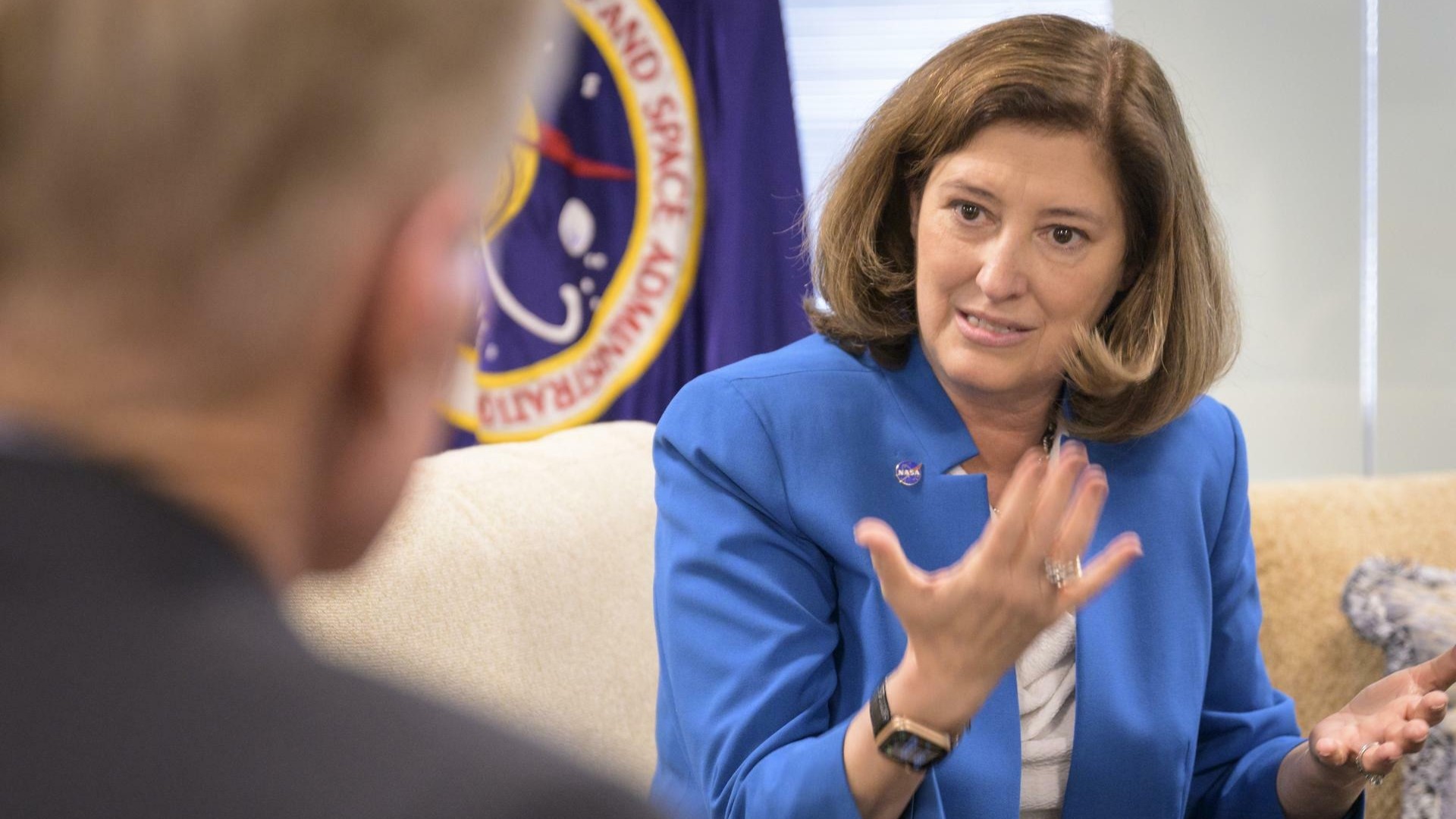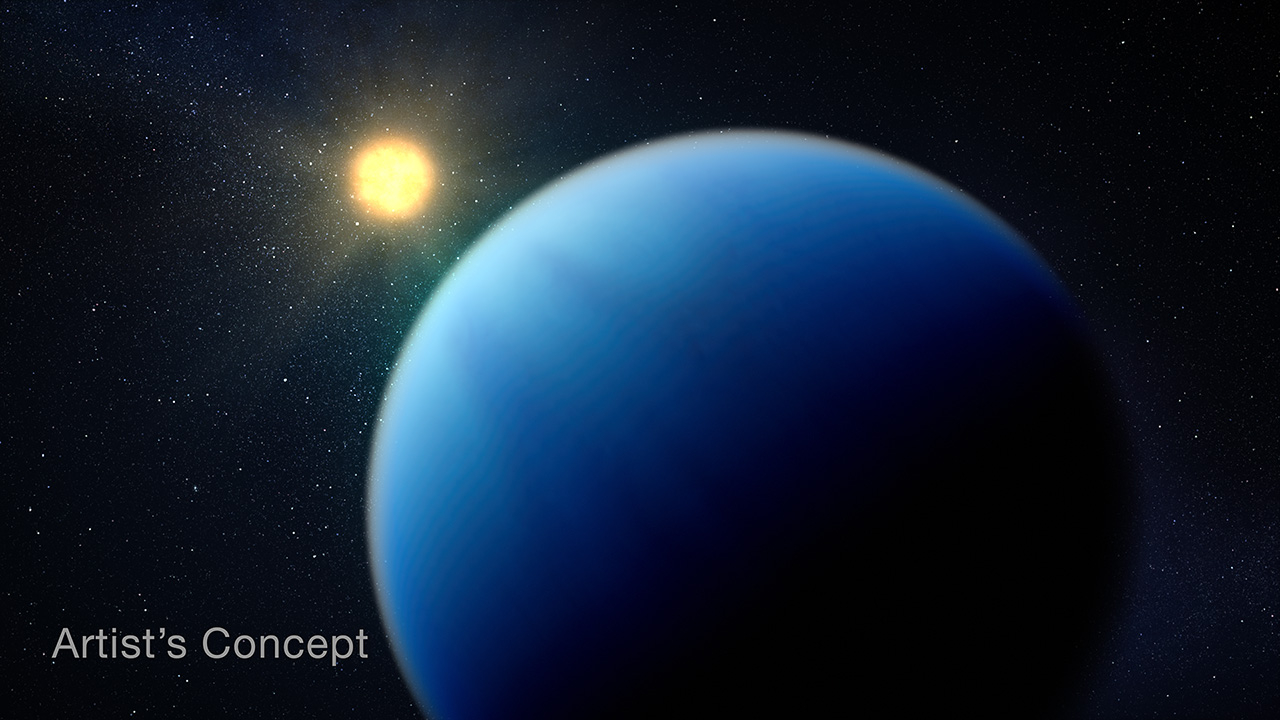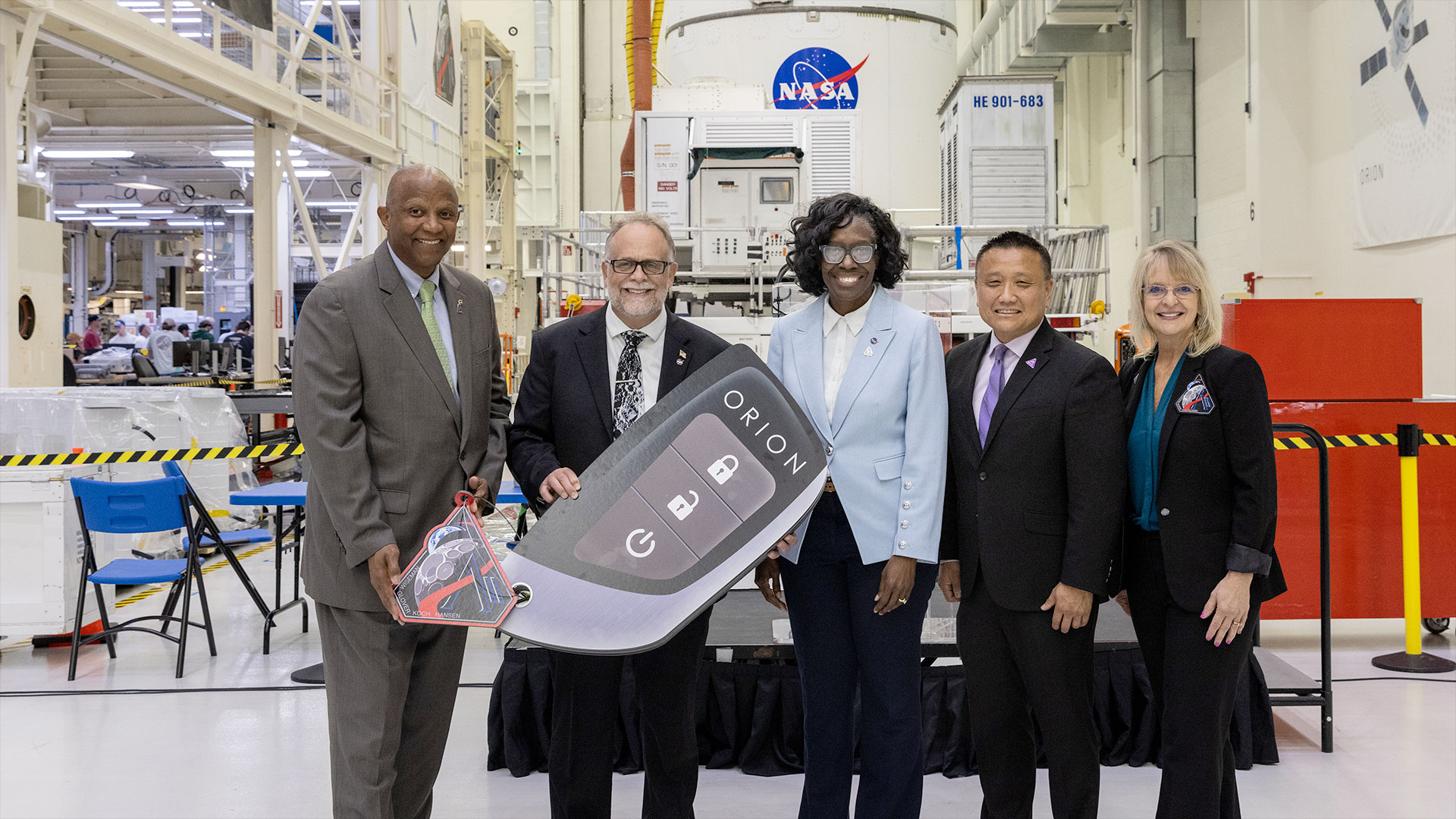Space Tourist, Cosmonauts to Land Tonight
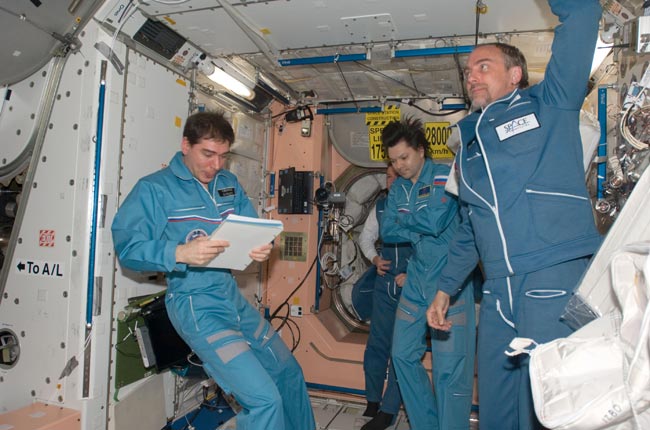
Two Russiancosmonauts and American space tourist Richard Garriott are set to cast off fromthe International Space Station tonight for the return to Earth, and they?rehoping for a smooth ride home.
Spacestation commander Sergei Volkov and flight engineer Oleg Kononenko are due toundock their Russian Soyuz TMA-12 spacecraft from the station at about 8:15p.m. EDT (0015 Oct. 24 GMT) and land on the Central Asian steppes of KazakhstanwithGarriott at about 11:36 p.m. EDT (0336 GMT). But unlike the last two Soyuzlandings, the spaceflyers are confident they?ll have an uneventful ride home.
?About ourvehicle, we?re absolutely confident,? Volkov told reporters this week. ?We hopethat everything is going to be normal and we?ll land in a normal way, not aballistic reentry.?
The lasttwo Soyuz vehicles to return to Earth - in April and October 2007 - landedin a backup ballistic mode, which touched down off-target and subjected theirthree-astronaut crews to higher than normal G-forces, after a separationfailure prevented the three-segment spacecraft from separating properly. Aftermonths of scrutiny, Russian engineers believe a failed explosive bolt to be thecause.
In July,Volkov and Kononenko removedthe suspect bolt from their own TMA-12 spacecraft during a spacewalk.Russian engineers have also come up with new software to keep the Soyuz ontarget during tonight?s landing as it reenters the Earth?s atmosphere, Volkovsaid Monday.
Garriott,too, said he has full confidence in the Soyuz spacecraft and is fully preparedfor the extra stress on his body if tonight?s landing does return under theballistic, backup mode.
?I have noconcerns about reentry ? I?m excited about the trip home regardless,?Garriott told reporters, adding that he has simulated the extra gravitationalloads - which can reach more than eight times Earth?s gravity - in a centrifugeon Earth. ?I think that even if we were to have a ballistic reentry, it?ssomething of course I?ll tolerate well, but it also doesn?t alarm me in anyway.?
Get the Space.com Newsletter
Breaking space news, the latest updates on rocket launches, skywatching events and more!
Garriott ispaying $30 million for his 10-day flight to the space station under a dealbetween Russia?s Federal Space Agency and the Vienna, Va.-based firm SpaceAdventures. He launched to the station on Oct. 12 with Expedition 18 commanderMichael Fincke and flight engineer Yury Lonchakov, who are replacing Volkov andKononenko as the cosmonauts complete their own six-month Expedition 17 mission.
?It?s kindof sad to see our guys leaving the space station, but it?s time for them to gohome,? Lonchakov said on Wednesday. ?I wish you a successful landing and we?llsee you back on Earth.?
Fincke andLonchakov joined the third member of their crew, NASA astronaut Greg Chamitoff,already aboard the station. Chamitoff joined the station?s Expedition 17 crew andwill stay on for the first stage of Expedition 18 until his relief arrives withNASA?s shuttle Endeavour next month.
Garriott iscompleting his own private spaceflight, which he packed with science experiments,educational events and Earth observation, while setting some time aside forzero gravity painting. An Austin, Texas-based computer game developer, Garriottcreated the successful Ultima online computer game series and is the sixthpaying visitor to the International Space Station.
Garriott isalso the son of former NASA astronaut Owen Garriott, who flew aboard the U.S.Skylab space station and shuttle Columbia in the 1970s and 1980s, and plans togreet his son at the landing site. The younger Garriott is the first second-generationAmerican spaceflyer.
Bycoincidence, the younger Garriott is also flying with a Russian spaceflightlegacy. Volkov is the son of famed Russian cosmonaut Alexander Volkov, and madehistory during his April launch when he became the first second-generationcosmonaut to reach space.
OnWednesday, Volkov handed control over to Fincke and his Expedition 18 crew andwished his fellow space travelers well as they work to install new equipmentover the next few months that will set the stage for larger crews.
?These guyshave a lot of difficult tasks ahead of them and I want to wish them success,?Volkov said.
RichardGarriott is chronicling his spaceflight training and mission at his personalWeb site: www.richardinspace.com.
NASAwill broadcast the undocking and landing activities of Garriott and theExpedition 17 crew live on NASA TV beginning at 4:45 p.m. EDT (2045 GMT). Click here for SPACE.com's NASA TV feedand space station mission updates.
- New Video - The Garriotts: An American Space Legacy Part 1, Part 2
- Video Dangerous Spacewalk: Handling Explosives in Space
- Future of Flight: Space Tourism, Investment and Technology
Join our Space Forums to keep talking space on the latest missions, night sky and more! And if you have a news tip, correction or comment, let us know at: community@space.com.

Tariq is the Editor-in-Chief of Space.com and joined the team in 2001, first as an intern and staff writer, and later as an editor. He covers human spaceflight, exploration and space science, as well as skywatching and entertainment. He became Space.com's Managing Editor in 2009 and Editor-in-Chief in 2019. Before joining Space.com, Tariq was a staff reporter for The Los Angeles Times covering education and city beats in La Habra, Fullerton and Huntington Beach. In October 2022, Tariq received the Harry Kolcum Award for excellence in space reporting from the National Space Club Florida Committee. He is also an Eagle Scout (yes, he has the Space Exploration merit badge) and went to Space Camp four times as a kid and a fifth time as an adult. He has journalism degrees from the University of Southern California and New York University. You can find Tariq at Space.com and as the co-host to the This Week In Space podcast with space historian Rod Pyle on the TWiT network. To see his latest project, you can follow Tariq on Twitter @tariqjmalik.
